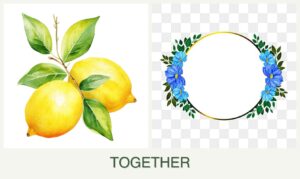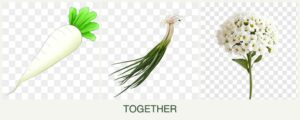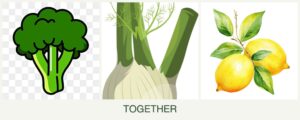
Can you plant peppers, basil and mint together?
Can You Plant Peppers, Basil, and Mint Together?
Companion planting is a popular gardening technique that involves growing different plants together to enhance growth, deter pests, and maximize space. For those wondering whether peppers, basil, and mint can be planted together, this article will explore their compatibility, benefits, challenges, and best practices.
Compatibility Analysis
Yes, you can plant peppers, basil, and mint together, but with some considerations. While these plants have complementary aspects, they also have specific needs that must be managed.
Growth Requirements
- Peppers: Thrive in warm temperatures and full sun, needing well-drained soil and consistent moisture.
- Basil: Prefers similar conditions to peppers, making them a good match in terms of sunlight and water needs.
- Mint: While mint enjoys full sun, it can tolerate partial shade and prefers moist, rich soil. Its vigorous growth can overshadow other plants, so careful management is necessary.
Pest Control and Nutrient Needs
- Basil is known to repel certain pests like aphids and mosquitoes, benefiting both peppers and mint.
- Mint can deter ants and other insects, but its aggressive nature can compete for nutrients.
Spacing
Mint’s spreading habit requires more space, so it should be contained or regularly pruned to prevent it from overwhelming peppers and basil.
Growing Requirements Comparison Table
| Plant | Sunlight Needs | Water Requirements | Soil pH & Type | Hardiness Zones | Spacing | Growth Habit |
|---|---|---|---|---|---|---|
| Peppers | Full sun | Moderate | 6.0-7.0, well-drained | 9-11 | 18-24 inches | Upright, 1-3 ft tall |
| Basil | Full sun | Moderate | 6.0-7.5, well-drained | 10-11 | 12-18 inches | Bushy, 1-2 ft tall |
| Mint | Full sun/partial shade | High | 6.0-7.5, rich, moist | 3-11 | 18-24 inches | Spreading, 1-2 ft tall |
Benefits of Planting Together
- Pest Repellent Properties: Basil and mint naturally deter pests, reducing the need for chemical pesticides.
- Improved Flavor: Basil is believed to enhance the flavor of peppers.
- Space Efficiency: By utilizing vertical and horizontal space, these plants can be efficiently grown in small gardens.
- Soil Health: Diverse plantings can improve soil structure and nutrient availability.
- Pollinator Attraction: Basil flowers attract bees, essential for pepper pollination.
Potential Challenges
- Resource Competition: Mint’s aggressive growth can compete for space and nutrients.
- Watering Needs: Mint requires more water, which can be challenging if planted directly with peppers.
- Disease Susceptibility: Close planting can increase the risk of fungal diseases.
- Harvesting: Managing mint’s spread while accessing other plants can be tricky.
Solutions
- Use containers for mint to control its spread.
- Implement drip irrigation to cater to varying water needs.
- Regular pruning helps maintain balance and access.
Planting Tips & Best Practices
- Optimal Spacing: Ensure adequate space for each plant to prevent competition.
- Timing: Plant after the last frost when soil temperatures are warm.
- Container vs. Garden Bed: Use containers for mint or plant it at the edge of garden beds.
- Soil Preparation: Enrich soil with organic matter for better nutrient availability.
- Companion Plants: Consider adding marigolds or onions, which also pair well with these plants.
FAQ Section
Can you plant mint and basil in the same pot?
Yes, but use a large pot to accommodate mint’s growth and ensure regular pruning.
How far apart should peppers and basil be planted?
Plant peppers and basil 12-18 inches apart to allow for adequate air circulation and growth.
Do basil and mint need the same amount of water?
Mint generally needs more water than basil, so adjust watering accordingly.
What should not be planted with peppers, basil, and mint?
Avoid planting fennel with these plants, as it can inhibit their growth.
Will mint affect the taste of basil or peppers?
Mint can impart a subtle flavor if planted too closely, so consider spacing or container planting.
When is the best time to plant these herbs and vegetables together?
Plant them in late spring when the risk of frost has passed and temperatures are consistently warm.
By considering these factors and employing best practices, gardeners can successfully grow peppers, basil, and mint together, enjoying their culinary and aesthetic benefits.



Leave a Reply